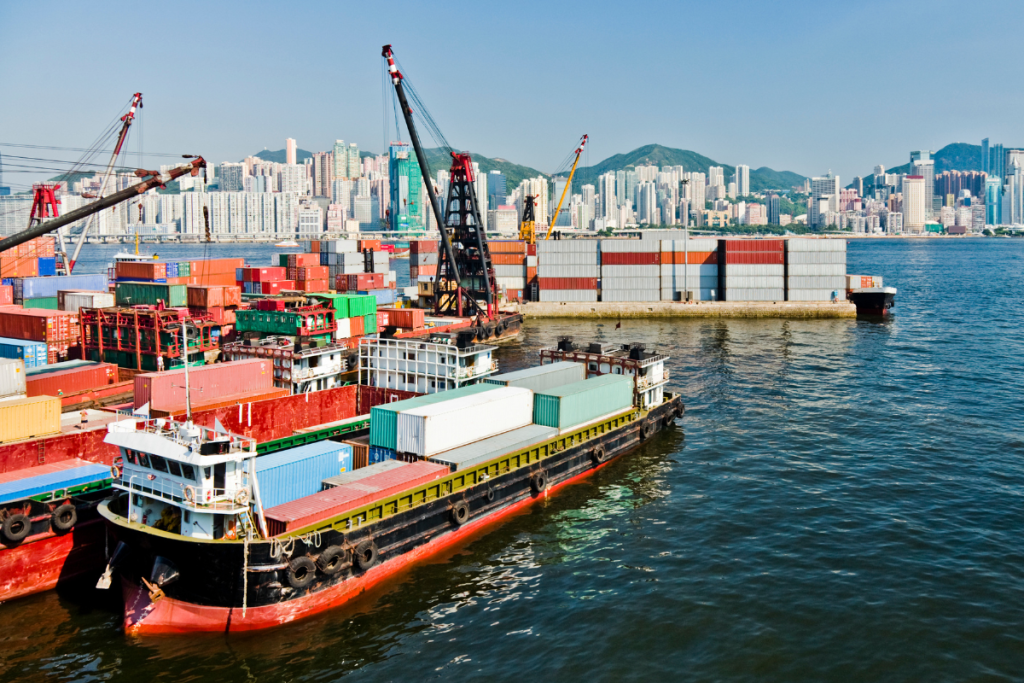For American retailers, the race to reduce reliance on Chinese suppliers is accelerating as tariffs remain a persistent threat. Companies like Target, The Gap, and Macy’s are pushing to diversify their sourcing away from China, despite challenges in meeting shifting political and economic demands.
Scaling Back Exposure to China
Major U.S. retailers are moving swiftly to reduce reliance on Chinese manufacturing. Target has halved its share of China-sourced goods over the past seven years, according to Chief Commercial Officer Rick Gomez’s comments during a May 21 earnings call. The company plans to lower that figure further to 25% by the end of 2026.
Similarly, Gap CEO Richard Dickson outlined a rapid shift, with China’s role in the company’s product sourcing expected to drop to under 3% by the close of 2025. Macy’s CEO Tony Spring has also noted that national brands sourced from China now account for just 18% of inventory, down from 20% at the close of the last fiscal year.
Tariffs Drive Urgency
Despite these moves, tariffs remain a potent driver of change, particularly after the Trump administration singled out China for sustained trade penalties. In April, President Trump initially delayed sweeping new tariffs against dozens of countries but maintained a 145% duty on Chinese goods before temporarily cutting it back to 30% in May during trade negotiations.
Even so, relocation efforts haven’t always met the administration’s expectations. For instance, Apple’s plan to move most iPhone production to India by 2026 drew a sharp rebuke from Trump, who called for the work to be brought back to U.S. shores.
Navigating the Next Phase
While these shifts highlight retailers’ agility in responding to tariffs, they also reveal the broader challenge of supply chain recalibration in an era of political brinkmanship. As more companies look to nearshoring and friendshoring alternatives, trade experts caution that diversification doesn’t always equate to reduced political risk—some alternative hubs themselves are susceptible to new trade disputes. This nuance highlights the need for a balanced approach that factors in not only immediate tariff relief but also the potential for future political and market shocks.



